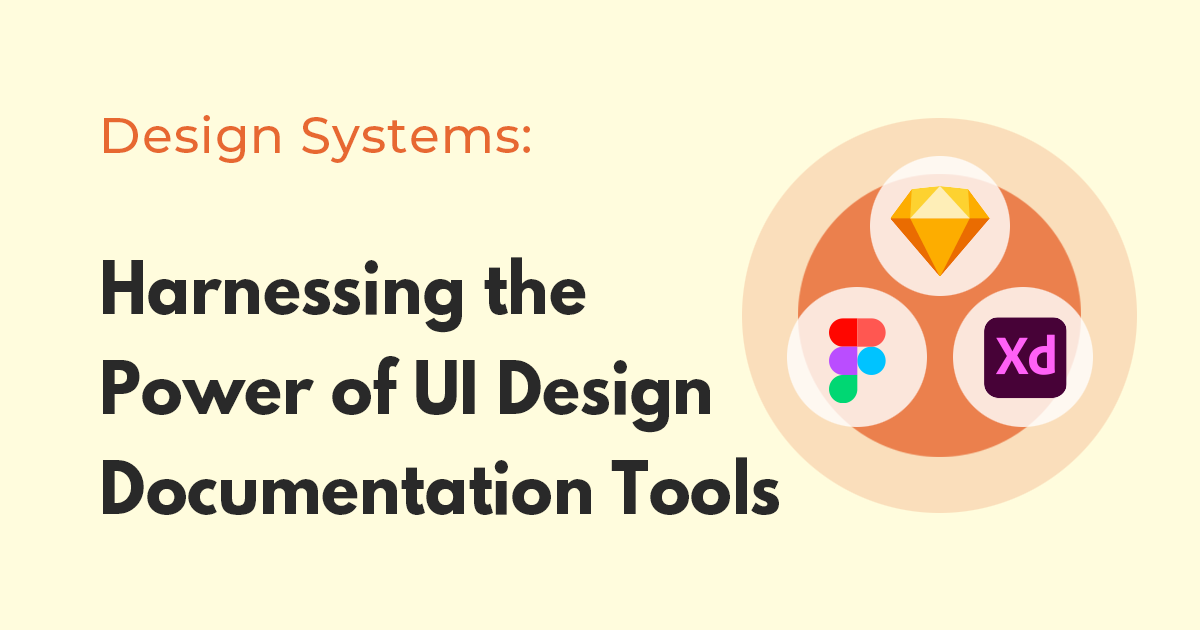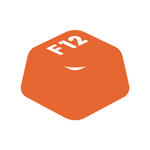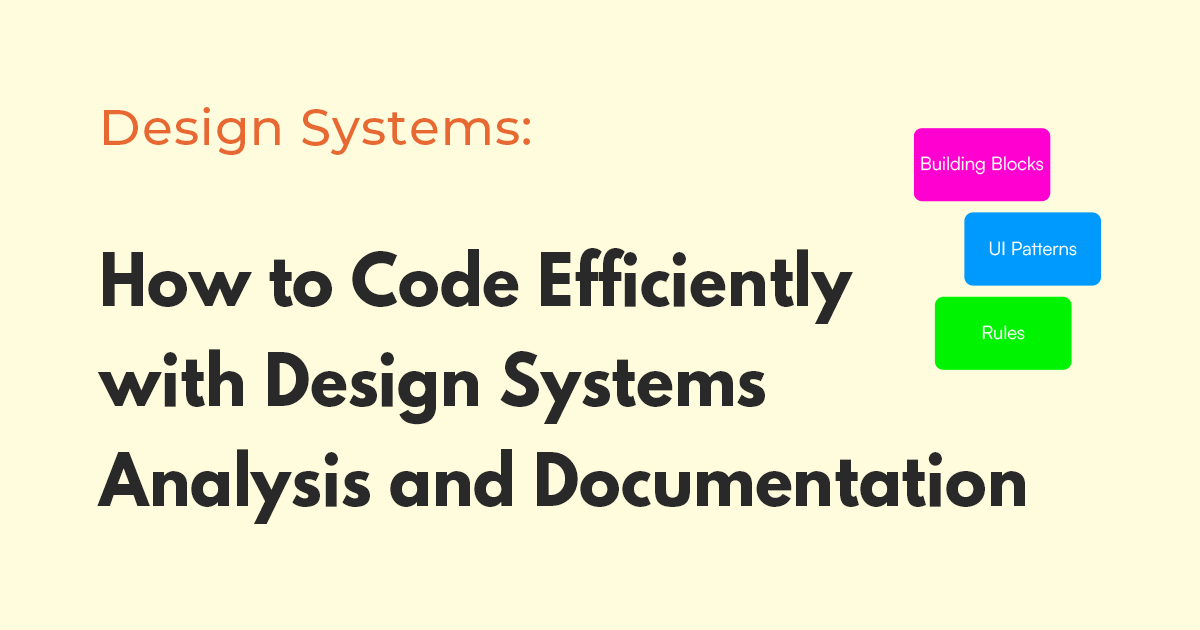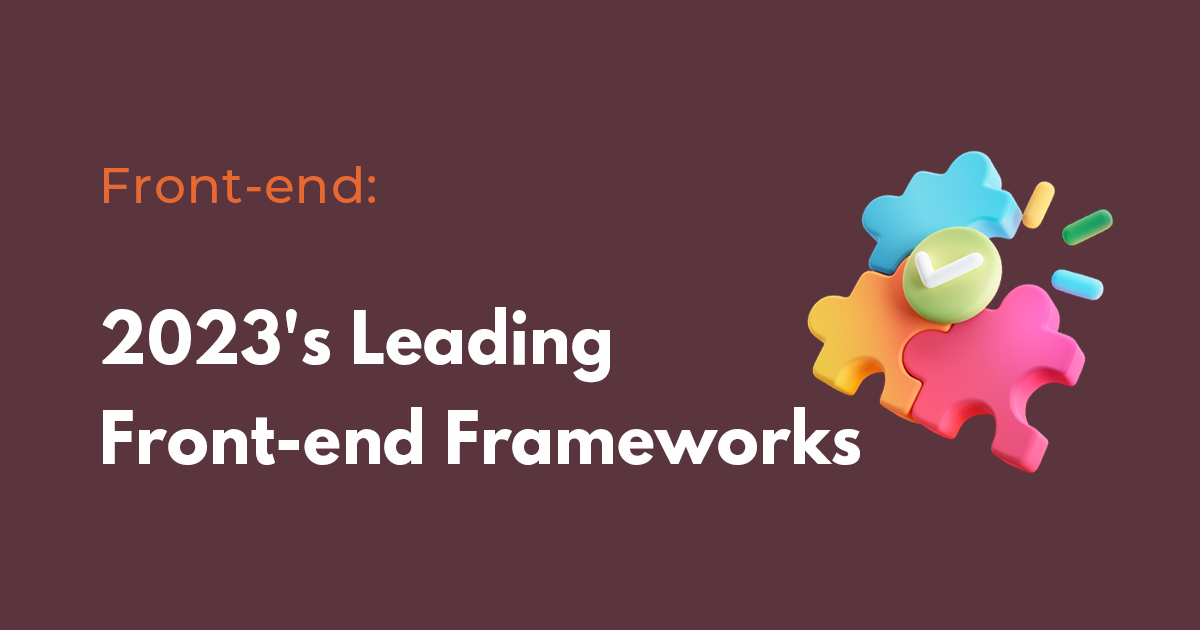In the realm of User Interface (UI) design, clear and effective communication is the linchpin of successful projects. With a myriad of stakeholders, from clients and project managers to developers and designers, maintaining a consistent vision can be challenging. This is where UI design documentation tools come into play.
UI design documentation tools are software applications that help designers create, maintain, and share detailed documents outlining their design processes, design decisions, and specific design elements. These tools are instrumental in bridging the gap between the visual conception and the technical implementation of a design.
Why UI Design Documentation is Essential
UI design documentation serves as a blueprint for the design process. It helps maintain consistency, promotes understanding among team members, and aids in project management. Documentation provides a solid foundation for conversations about design, making it easier to discuss, evaluate, and modify designs as a team.
Without proper documentation, a project risks misunderstandings and misinterpretations that could lead to wasted time, increased costs, and a subpar final product. UI design documentation mitigates these risks by providing a clear and shared understanding of the design's structure, functionality, and intent.
Key Features of UI Design Documentation Tools
While the specific features vary between different tools, several key capabilities are common to most UI design documentation tools:
- Wireframing and Prototyping: These tools allow designers to create low-fidelity and high-fidelity representations of the user interface. This visualizes the design and illustrates its functionality.
- Collaboration: Most tools have built-in collaboration features that allow multiple stakeholders to view, comment on, and edit the design document.
- Version Control: To manage changes over time, version control is crucial. This feature allows teams to track changes, compare different versions, and revert to a previous version if necessary.
- Interactive Elements: Some tools enable the creation of interactive elements within the document, providing a closer approximation of the final user experience.
- Exportability: The ability to export documents in different formats (PDF, PNG, HTML, etc.) is important for sharing the design with clients or stakeholders who may not have access to the specific tool.
1. Figma
Figma is a highly collaborative and versatile UI/UX design tool used for creating interactive prototypes. It's entirely browser-based, making it platform-independent and perfect for remote teams.
Why Figma?
Real-Time Collaboration: Multiple users can simultaneously work on the same design file. It's like Google Docs for design!
Design Prototyping: Figma allows designers to create interactive prototypes to simulate user flow and interaction.
Design Systems: Designers can create and maintain style guides and design libraries, ensuring consistency across designs.
Auto Layout: This feature automatically adjusts the design when you resize or add elements.
Developer Handoff: Developers can inspect design files, see CSS values, download assets, and more, without needing a Figma license.
2. Sketch
Sketch is a vector-based design tool for Mac users. It's excellent for creating user interfaces, icons, and responsive designs.
Why Sketch?
Powerful Vector Editing: Sketch provides advanced vector editing tools, perfect for creating complex shapes and designs.
Symbol System: Designers can create reusable elements (symbols), ensuring consistency and saving time.
Plugins: Sketch has a vast library of plugins that expand its functionality.
Shared Libraries: Teams can create shared design libraries, promoting uniformity across designs.
Integration with Abstract: Sketch integrates well with Abstract, providing version control and collaboration capabilities.
3. Adobe XD
Adobe XD is a UI/UX design tool from Adobe Systems, allowing designers to design and prototype websites and apps.
Why Adobe XD?
Seamless Integration with Adobe Suite: Adobe XD integrates seamlessly with other Adobe tools like Photoshop and Illustrator.
Auto-Animate Feature: This tool helps designers create animated prototypes.
Repeat Grid Tool: This feature enables designers to replicate design elements with a simple drag and drop.
Voice Prototyping: Adobe XD is one of the few design tools that support voice prototyping, essential for designing voice interfaces.
Developer Handoff: Like Figma, Adobe XD offers design specifications and asset extraction for developers.
4. Zeplin
Zeplin is a handoff tool designed to bridge the gap between designers and developers. It’s not a design tool but complements tools like Sketch and Figma.
Why Zeplin?
Effortless Handoff: Zeplin translates Sketch, Figma, Adobe XD, and Photoshop files into a format that developers can easily work with.
Design System: You can maintain your style guides and design components in a shared, accessible space.
Automatic Style Guide: Zeplin automatically generates a style guide from your designs, which includes colors, fonts, and assets.
Plugin Support: Zeplin offers plugins for JIRA, Trello, Slack, and Microsoft Teams, enhancing collaboration.
5. InVision
InVision is a prototyping tool that also offers a digital whiteboard (InVision Freehand) for collaboration and a design system manager.
Why InVision?
Prototyping: Designers can create interactive and animated prototypes that can be tested and reviewed.
Design System Manager: This allows teams to manage their design systems in one place, ensuring consistency and speeding up the design process.
Inspect Mode for Developers: InVision provides design specifications and assets for developers, making handoff smooth.
User Testing: With InVision, you can conduct live user testing and receive instant feedback on your designs.
6. Marvel
Marvel is a user-friendly design platform that's great for creating wireframes, mockups, and prototypes.
Why Marvel?
User Testing: Marvel provides user testing and user feedback tools, ensuring your designs meet user needs and expectations.
Handoff Mode: Developers can access design specifications, download assets, and see code snippets.
Integration: Marvel integrates with a variety of tools, including Slack, Jira, Dropbox, Sketch, and more.
7. Axure RP
Axure RP is a comprehensive tool for creating prototypes, flow diagrams, and functional specifications documents.
Why Axure RP?
Dynamic Content: You can create interactive elements that respond to user input, ideal for testing complex interactions.
Conditional Logic: This tool supports conditional logic, meaning your prototypes can simulate real-life applications more accurately.
Documentation: Axure RP can generate comprehensive documentation, including functional specifications.
Conclusion
UI Design documentation tools have revolutionized the way designers work, enabling more accurate and efficient translation of designs into working products. They facilitate better communication, improve team collaboration, and enhance the overall design process.
Whether you're a solo designer or part of a larger team, these tools can offer substantial benefits. It's essential to explore and find the ones that fit your specific needs and workflow. The right tools will not only make your work easier but also result in better end products, ultimately leading to happy users and successful outcomes.
Remember, tools are enablers; they're there to facilitate your creativity and not limit it. So, harness their power, let your creativity flow, and design delightful user experiences.









